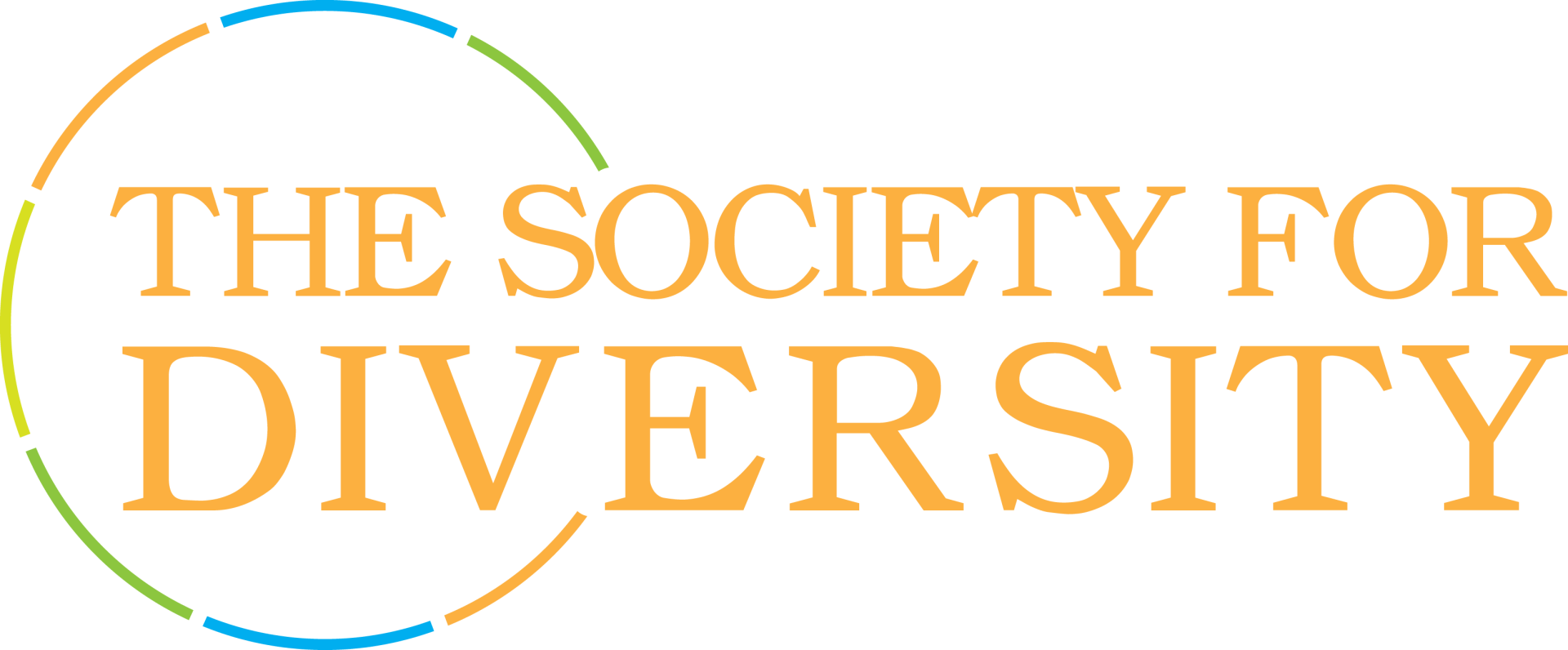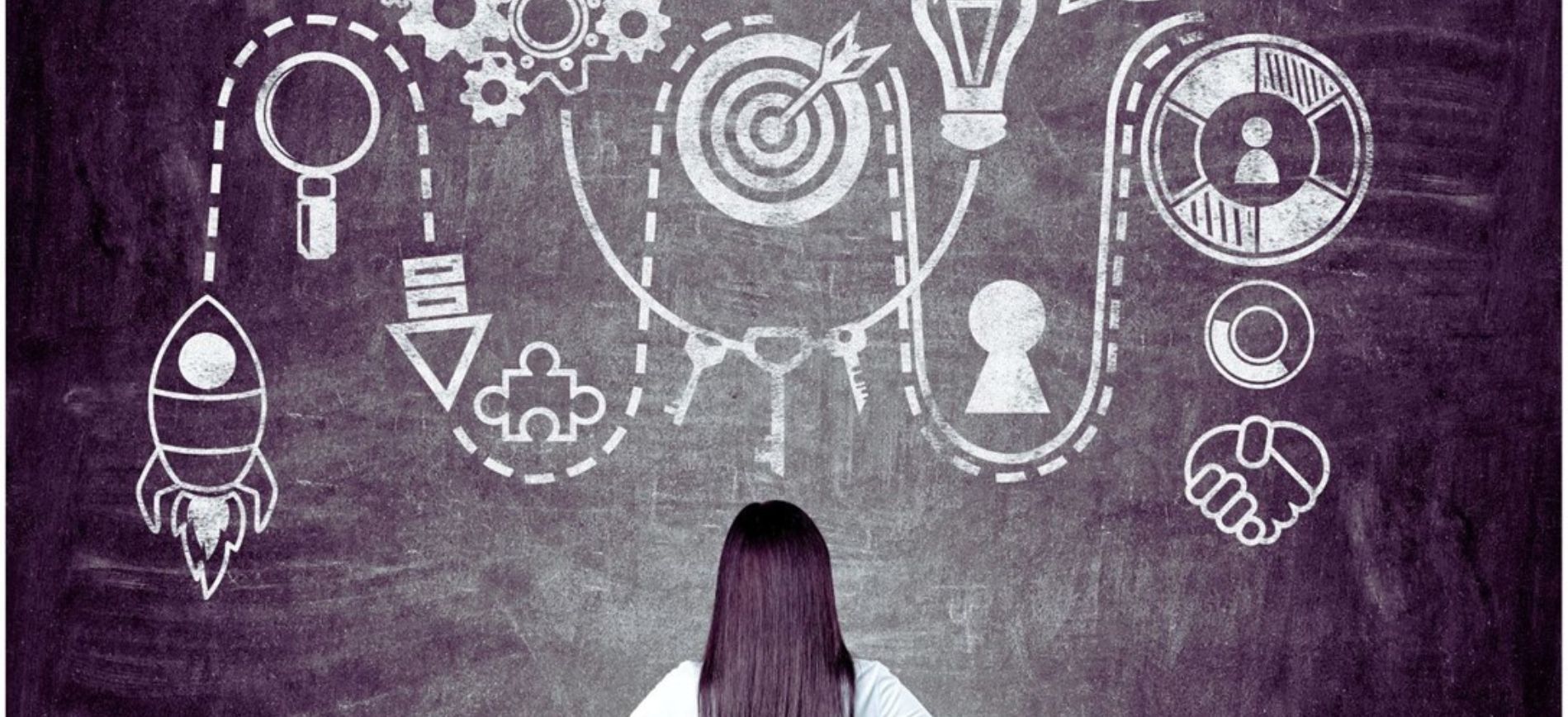However, the efficacy of a DEI program depends on far more than the
creation of a thoughtful DEI statement or the support of social justice movements. These are necessary but not sufficient steps in the ongoing fight for equity in the workplace.
The reality is that DEI is not a box to be checked. It’s not a creed to be espoused, a slogan to be parroted. It is a long, arduous journey, one that requires commitment, cooperation, and collaboration. And that means that, in the workplace, advancing toward the goal of true diversity, equity, and inclusion is predicated on the cultivation of robust and ongoing interdepartmental communication.
Communication and Collaboration
DEI initiatives are never something that should be done to employees. Rather, these are protocols that should be created, instituted, and revised with employees. Frequent and substantial input from employees in every department is fundamental to the achievement of DEI goals.
Ultimately, drawing on the
diverse perspectives and experiences of all employees , not simply those working in the human resources (HR) department or occupying the C-suites, is a form of DEI in action. It is, at the end of the day, impossible to create a truly inclusive environment if you’re excluding your employees’ voices.
But it’s not only collaborative input that matters. Interdepartmental communication is also essential to awareness-raising. Employees at every level and across all divisions should be provided with opportunities to learn about as well as craft DEI policies and initiatives. The end goal is to ensure that all are rowing in the same direction when it comes to cultivating an equitable, diverse, and inclusive work environment.
Expanding HR Outreach
Another critical aspect of interdepartmental communication as a facet of DEI relates to HR policies and practices, from recruiting and management to crisis resolution and conflict management.
Employees from every department, for instance, should be invited to participate in talent scouting and candidate interviewing or to serve in the capacity of ombudsman should interpersonal conflicts arise.
This helps to mitigate the
effects of unconscious bias , which is especially important when power inequities are involved. And there are few occasions when power imbalances are greater or more potentially damaging than when you are recruiting talent, planning promotions, or dealing with conflict.
Integrating employees from other departments helps to ensure that power is not concentrated in the hands of a few individuals. It also helps to humanize HR processes, particularly those which have been automated.
Artificial intelligence (AI) systems , for instance, are increasingly being used as tools for screening job candidates due to the efficiency of such systems and their capacity to avoid the biases that human recruiters are vulnerable to.
The problem, though, is that hiring applicants based on data alone can result in a workplace that simply does not reflect the DEI commitments of the organization. Just as significantly, it can leave employees feeling devalued and disempowered because they will have no role to play in cultivating a workplace that truly reflects them, their goals, and their values.
Communication and Remote and Hybrid Work
There is mounting evidence that
women of color may be more likely to prefer remote and hybrid work environments because this insulates them from microaggressions that they may experience on the physical campus.
For this reason, promoting strong communication across departments and among remote and hybrid workers is especially important. If employees are choosing to work off-site in order to avoid discrimination, stereotyping, and microaggressions in the physical workplace, then this is something that should be discussed and addressed. The key is to promote open, honest communication and robust collaboration to ensure the mental, physical, and emotional well-being of all employees.
Prioritizing collaboration with and among remote and hybrid employees also supports DEI goals because it helps to overcome the
loss of networking opportunities associated with working from home . Persons from historically marginalized communities can be especially harmed by the inability to socialize and network with peers, colleagues, and other professionals. This is why regular, substantive, organization-wide communication is a must.
The Importance of Clear Communication Channels
Another crucial aspect of interdepartmental communication as a tool for DEI is that cultivating strong communication channels makes it easier for employees who are experiencing discrimination or harassment to reach out for support.
Establishing a
clear reporting channel , one that spans departments, can mitigate the fear that an employee from a small department who issues a complaint will be identified. It also prevents abuses of power within the department and streamlines and clarifies processes when an employee is being harassed or discriminated against by a person from another department or division.
The Takeaway
Diversity, equity, and inclusion are as much a journey as they are a destination. Advancing toward DEI goals is a process of continuous collaboration and communication. For this reason, robust interdepartmental communication must be integrated into any DEI effort, including prioritizing communication with and among hybrid and remote workers. This helps to mitigate power imbalances, ensure a diversity of experiences and perspectives, and protect employees against discrimination and harassment by peers, colleagues, and leadership.







